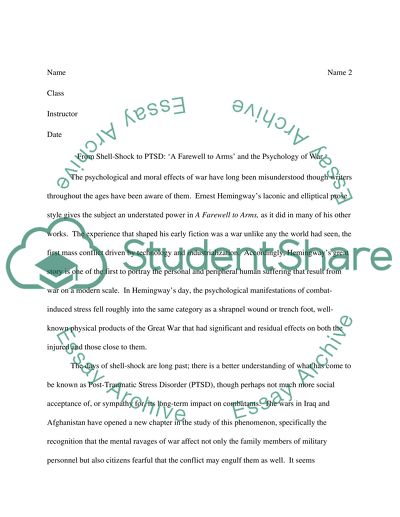Cite this document
(“A Farewell to Arms by Hemingway Research Paper Example | Topics and Well Written Essays - 1750 words”, n.d.)
Retrieved from https://studentshare.org/literature/1426000-a-farewell-to-arms-by-hemingway
Retrieved from https://studentshare.org/literature/1426000-a-farewell-to-arms-by-hemingway
(A Farewell to Arms by Hemingway Research Paper Example | Topics and Well Written Essays - 1750 Words)
https://studentshare.org/literature/1426000-a-farewell-to-arms-by-hemingway.
https://studentshare.org/literature/1426000-a-farewell-to-arms-by-hemingway.
“A Farewell to Arms by Hemingway Research Paper Example | Topics and Well Written Essays - 1750 Words”, n.d. https://studentshare.org/literature/1426000-a-farewell-to-arms-by-hemingway.


